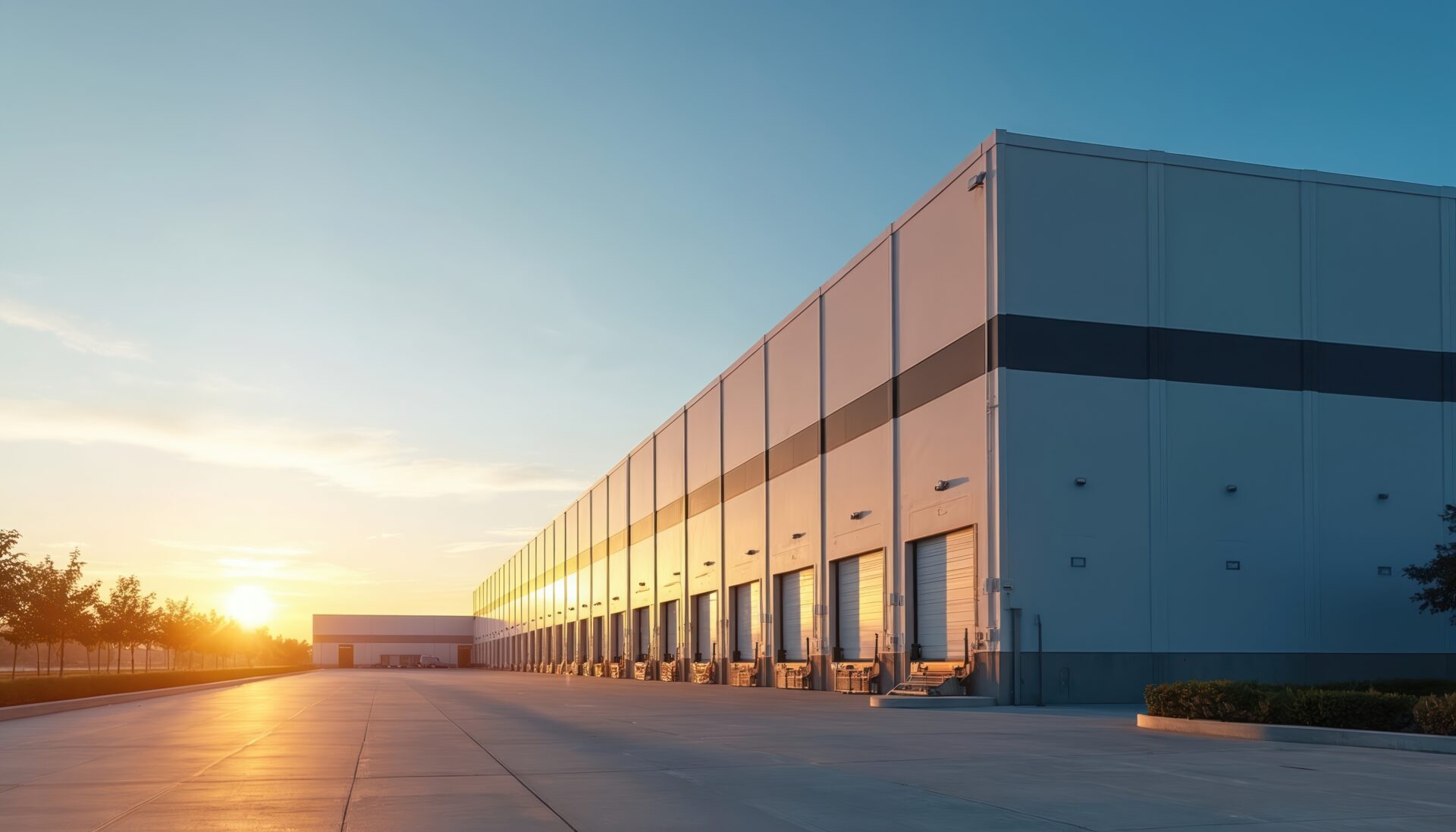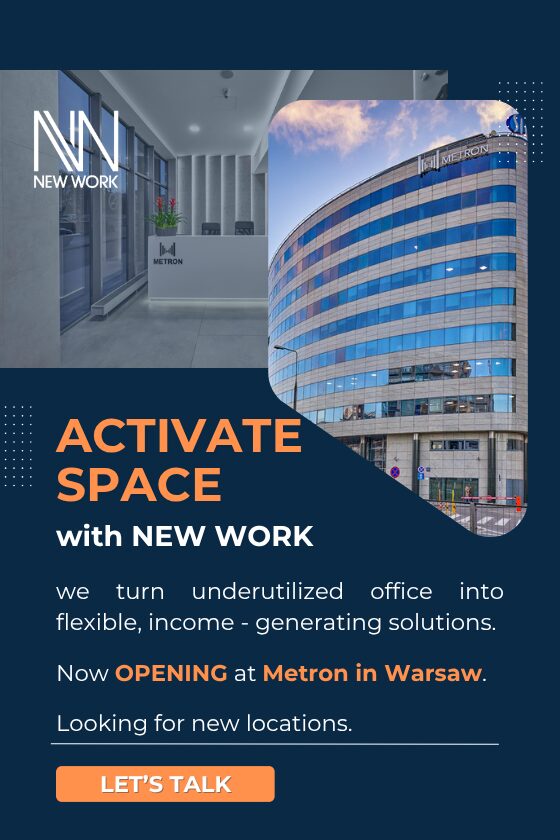Poland’s commercial facility management market is growing quickly, but traditional operating models struggle to keep pace with dispersed sites, higher service expectations, and resource constraints. Emerging digital solutions demonstrate how nationwide service delivery can be streamlined and scaled without adding internal complexity.
The country’s economy is expanding rapidly, but 51 percent of local employers say they’re struggling to find skilled workers, especially in trades like plumbing, electrical, and HVAC. As expectations for service quality rise, traditional maintenance models are becoming unsustainable, particularly for operators responsible for hundreds of dispersed sites across the country.
“In Poland, we’re seeing growing pressure on operators to deliver consistent service across the country without increasing overhead,” says Dariusz Chorostowski, Vice President at PortalPRO Poland, a Proptech company focused on maintenance and repairs. “The market is growing fast, and many teams are now looking for tools that can keep up with this increasing pace and complexity.”
The expert points out that in commercial facility management, maintenance and repair work orders are often distributed across hundreds of geographically dispersed sites, making resource planning challenging. Naturally, businesses prefer to concentrate on their core functions rather than facility upkeep. Yet technician shortages and disjointed vendor networks are making service delivery slower and more expensive. Even routine, low-skill tasks, like minor repairs or inspections, can become disproportionately costly when internal teams are stretched thin across a large territory.
These challenges are creating a need for more flexible, digitally coordinated task execution models. Instead of continuously expanding their internal workforce, a growing number of operators are adopting platforms that serve as a single orchestration layer, matching work orders with vetted local technicians in real-time while consolidating SLA tracking, dispatching, and reporting into a single system.
“Facility management will come to a breaking point with the legacy models,” Chorostowski adds. “Too many locations, too many contractors, and disconnected workflows lead to a situation where scaling becomes especially challenging.”
One solution is to consolidate vendor contracts and manual reporting in a single platform, providing real-time visibility over every job. Chorostowski points to a case from a global facility management company in Poland. Faced with growing service demands across 550 commercial sites in Poland, the company needed to expand execution capacity without adding new staff.
“In 48 hours, PortalPRO’s solution had been integrated into the FM’s business processes, handling work orders, ranging from simple checks to minor repairs. Over 4,000 jobs were completed in just 90 days through a nationwide network of 2,500 vetted local service providers, without the facility management company hiring a single technician,” Chorostowski says.
“Digital ecosystems do not replace facility management companies,” explains Dalius Šimaitis, CEO of PortalPRO. “But they can remove 80 percent of repetitive, low-value work that distracts teams from strategic priorities like compliance, tenant experience, and sustainability requirements. The expertise stays in-house, but the execution layer becomes lighter and more scalable.”
Šimaitis adds that large, geographically dispersed markets like Poland expose the limits of legacy facility management models. “Distance between sites and fragmented vendor networks drives up costs and slows execution. Technology doesn’t replace the operator, but it eliminates many of the operational hurdles that make scaling so difficult,” he says.
As Poland’s facility management market continues to grow rapidly, operators will need to reassess their approach to managing service coverage, cost-effectiveness, and client expectations. Digital platforms are emerging as an enabling layer, allowing facility management companies to maintain service quality at scale without the need for unsustainably large internal teams.
“Facility management is shifting from merely managing technicians to managing outcomes of repair and maintenance works,” Šimaitis concludes. “The companies that will lead in this market are the ones embracing flexible networks and transparent digital tools, while keeping their focus on long-term strategy rather than daily firefighting.”







